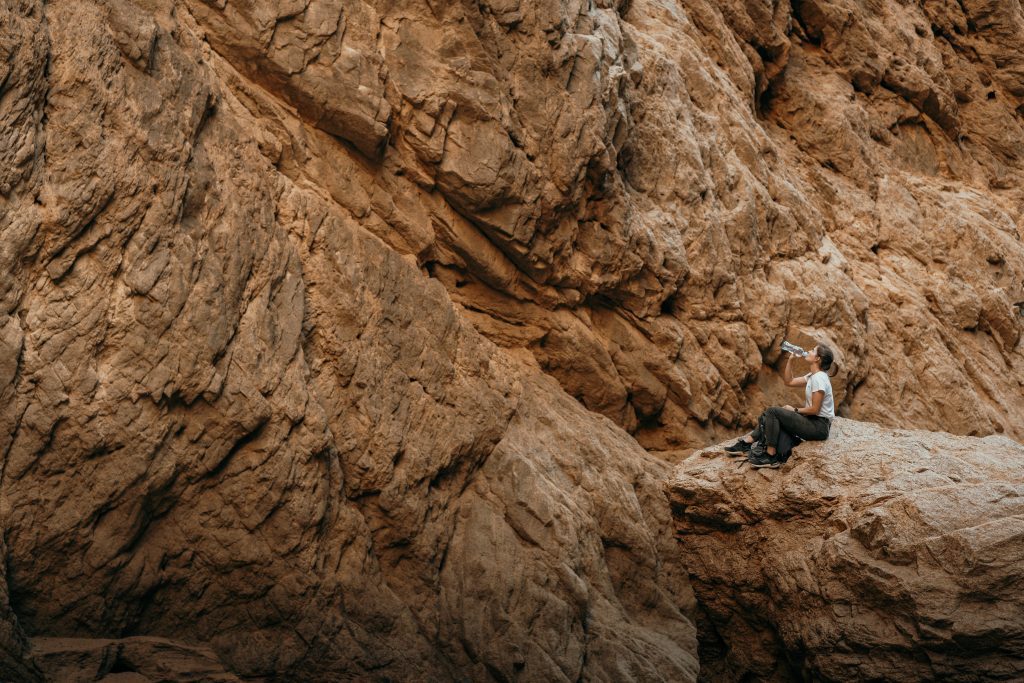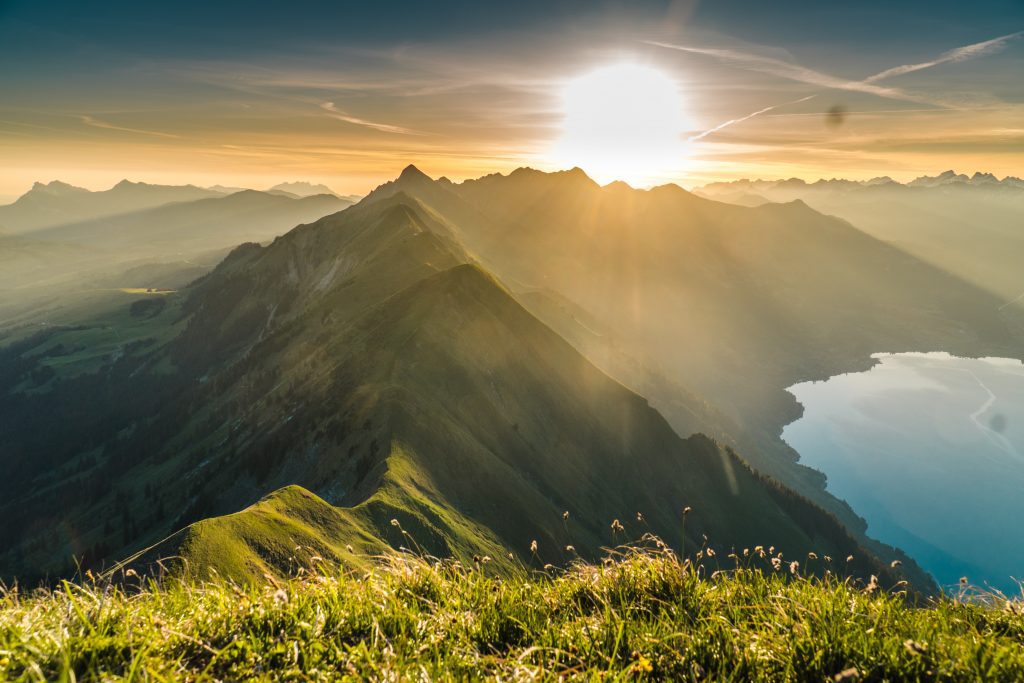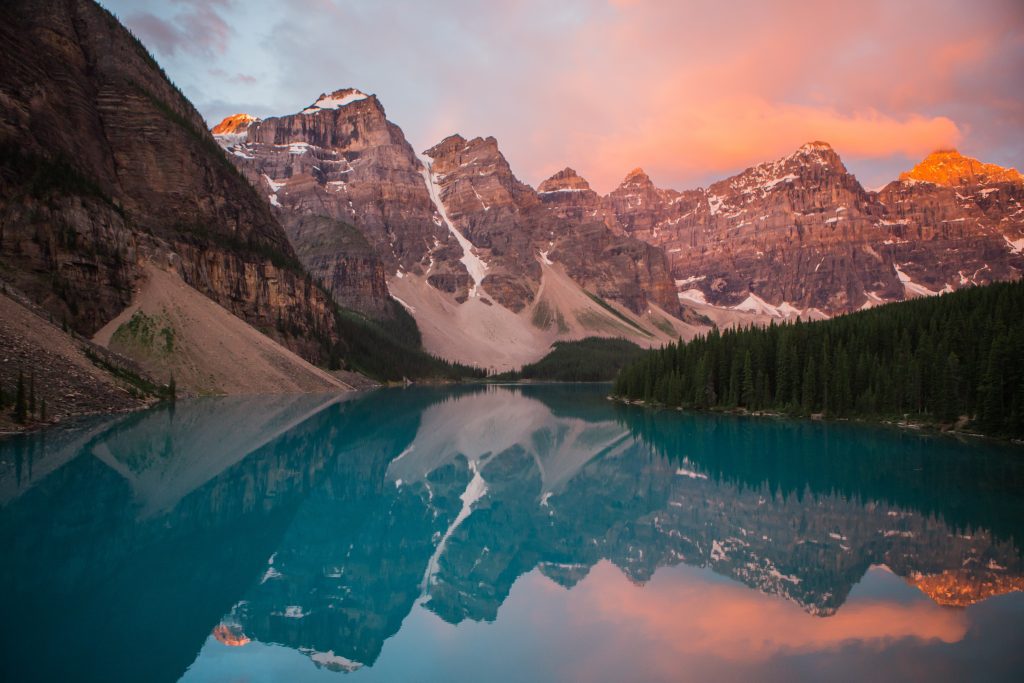Those who love wandering in the mountains have all the reasons to try mountain photography, but wishing to take amazing photos and having an astonishing subject in front of you doesn’t guarantee a good result. Mountain photography is challenging. Leaving aside the logistics, camera skills, and weather unpredictability, mountains provide a cobweb of lines, a multitude of shapes, analogous colors, and not too much contrast. So how can one frame the mountains and capture their imposing stature and captivating stories without losing the 3D perspective?
Try Focus Stacking
Focus stacking means taking identical shots with different focus points and overlapping them in post-processing. And that may be the solution for photographing scenery with something interesting happening in the foreground and background. For example, by using focus stacking, you can focus first on the mountains in the distance and then on the nearby rocks or the path that leads to the mountains. When you overlap the two photos, the foreground and the background will be in focus and provide an amazing visual experience to your viewer.

Use the Golden Triangle Rule of Composition
Most photographers go for the rule of thirds when they photograph vast landscapes. And that’s good to do when the landscape includes the horizon or other strong horizontal lines. But mountains tend to have a triangular shape that goes better with the golden triangle rule of composition. The golden triangle rule uses diagonals as leading lines and creates compositions with multiple focal points. It’s more dynamic than other composition rules, which is great for mountain photography because it helps you capture the flow of the mountains. Yes, mountains have a flow even though we perceive them as strong, immovable objects.

Experiment with Different Exposure Times
Because they don’t pay enough attention to register motion, many photographers use short exposures when photographing mountains. Why should they use long exposures when nothing is moving, right? However, there is movement in the mountains. The wind may move the clouds and change the color and quality of the sky. Birds may fly through your frame. Vegetation may move as well. Longer exposures soften the edges and details and create a dreamy atmosphere.

Photo by Jerry Zhang on Unsplash
Play with Perspective
The classic photograph of a mountain is a base-level perspective. The photographer is near the mountain’s base, and the mountain’s peak is somewhere far away. Although the peak is the main focal point of the picture, it is intangible. Why not change this perspective and find ways to photograph mountains that make them real, intimate, and approachable? One example may be photographing the mountain from the top or close to the top. Instead of framing just an imposable mountain, you can include the valley, the path that took you there, or the thrill of the hike.

Photo by Felipe Giacometti on Unsplash
Another example may be photographing the mountain’s reflection in a lake or river. It brings the mountain closer to the viewer and creates a much more intimate atmosphere.

Photo by garrett parker on Unsplash
Conclusion
Mountain photography shouldn’t be a random genre you pick up because it’s impressive and has many fans. Mountain photography should be the choice of your soul. You go to the mountains to shut down the mind, open the heart, care for nature, and give something back. You are there for a bigger reason than your ego. So, apply the words of John Muir to your nature photography, whether you photograph mountains, forests, lakes, or tiny insects:
“And into the forest I go, to lose my mind and find my soul” – John Muir
Cover photo by Ivars Krutainis on Unsplash

